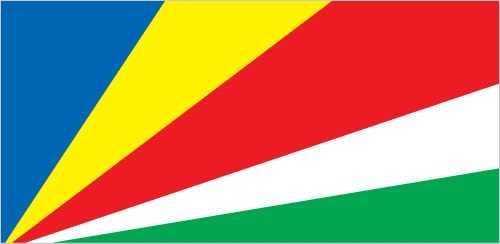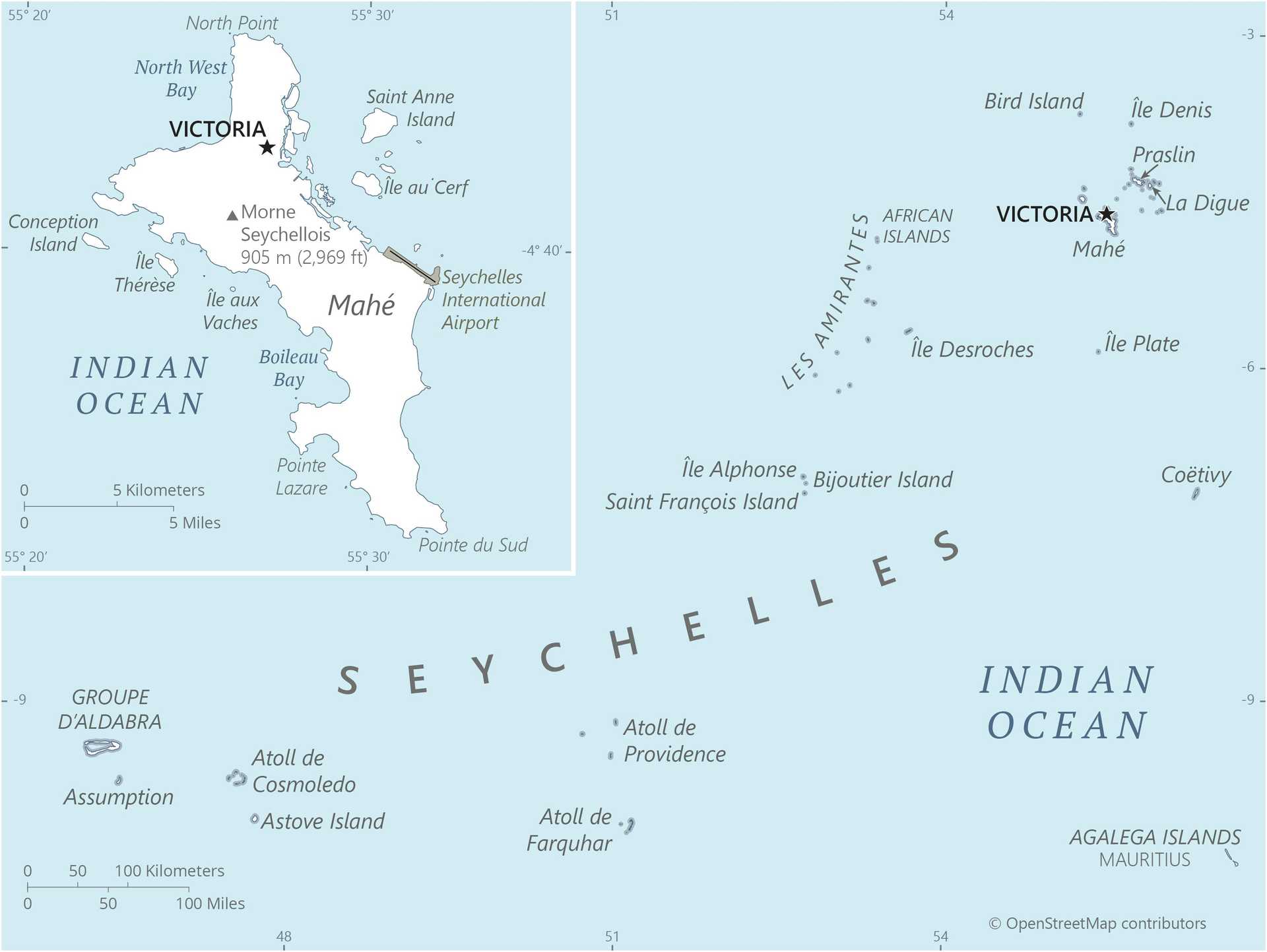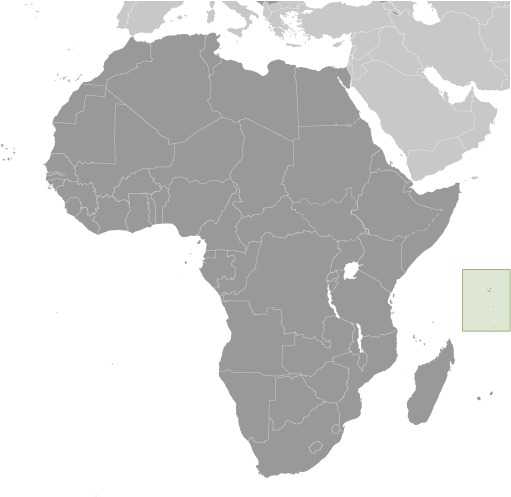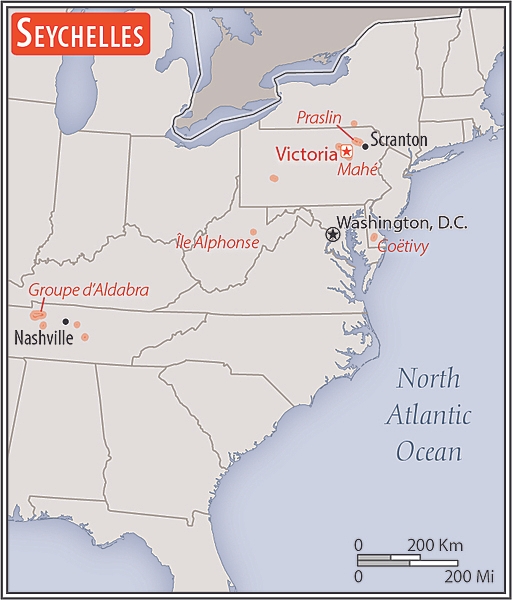Introduction
Visit the Definitions and Notes page to view a description of each topic.
Geography
People and Society
Population
comparison rankings: total 197; male 194; female 197
Median age
comparison ranking: total 71
Population growth rate
comparison ranking: 145
Birth rate
comparison ranking: 152
Death rate
comparison ranking: 121
Net migration rate
comparison ranking: 69
Maternal mortality ratio
comparison ranking: 102
Infant mortality rate
comparison ranking: total 131
Life expectancy at birth
comparison ranking: total population 105
Total fertility rate
comparison ranking: 139
Obesity - adult prevalence rate
comparison ranking: 130
Alcohol consumption per capita
comparison ranking: total 28
Tobacco use
comparison ranking: total 64
Education expenditure
comparison ranking: Education expenditure (% GDP) 83
Environment
Carbon dioxide emissions
comparison ranking: total emissions 173
Government
Economy
Real GDP (purchasing power parity)
comparison ranking: 191
Real GDP growth rate
comparison ranking: 98
Real GDP per capita
comparison ranking: 81
Inflation rate (consumer prices)
comparison ranking: 9
GDP - composition, by sector of origin
comparison rankings: agriculture 143; industry 173; services 50
Industrial production growth rate
comparison ranking: 184
Gini Index coefficient - distribution of family income
comparison ranking: 107
Public debt
comparison ranking: 69
Taxes and other revenues
comparison ranking: 12
Current account balance
comparison ranking: 99
Reserves of foreign exchange and gold
comparison ranking: 148
Energy
Electricity
comparison rankings: installed generating capacity 181; consumption 173; transmission/distribution losses 37
Energy consumption per capita
comparison ranking: 51
Communications
Telephones - fixed lines
comparison ranking: total subscriptions 175
Telephones - mobile cellular
comparison ranking: total subscriptions 186
Broadband - fixed subscriptions
comparison ranking: total 151
Transportation
Merchant marine
comparison ranking: total 134





